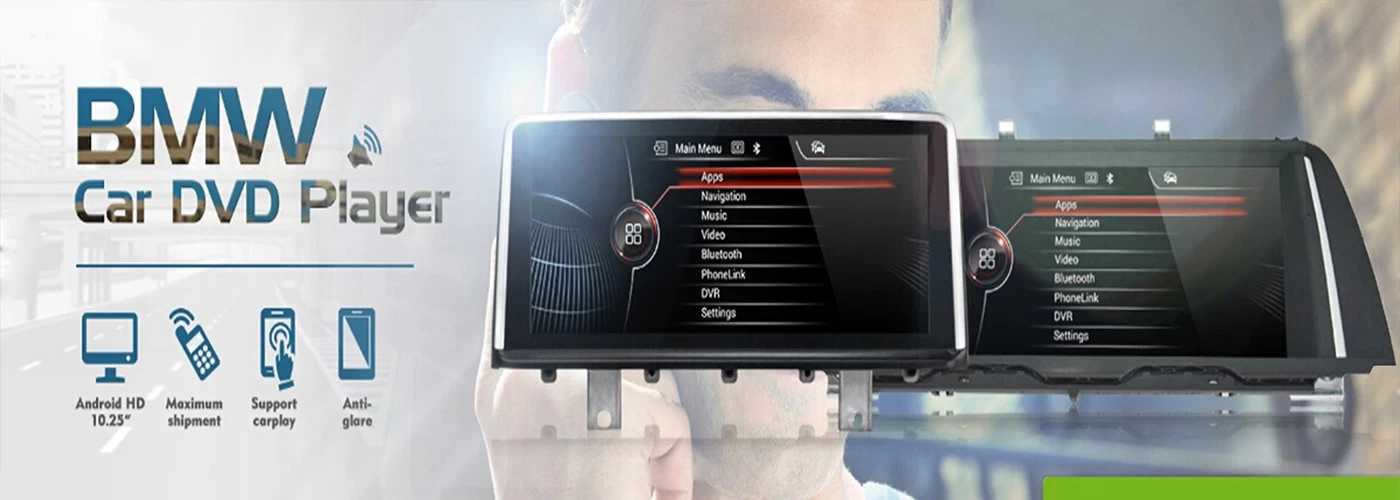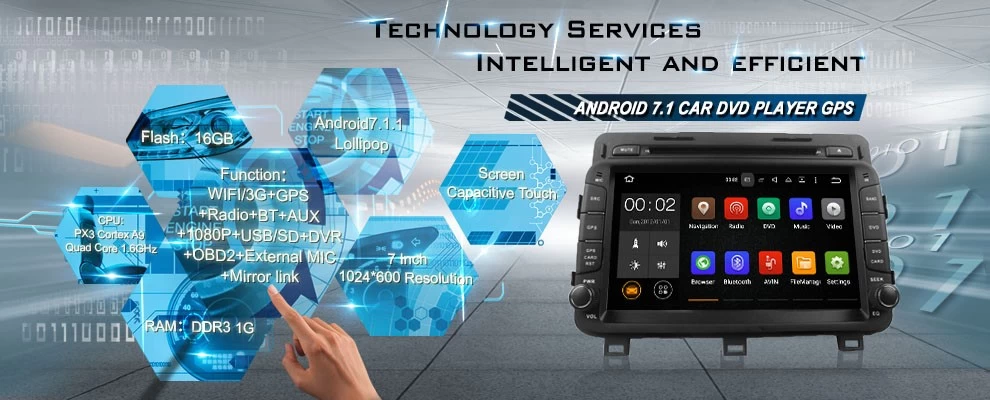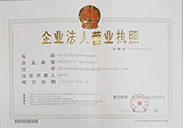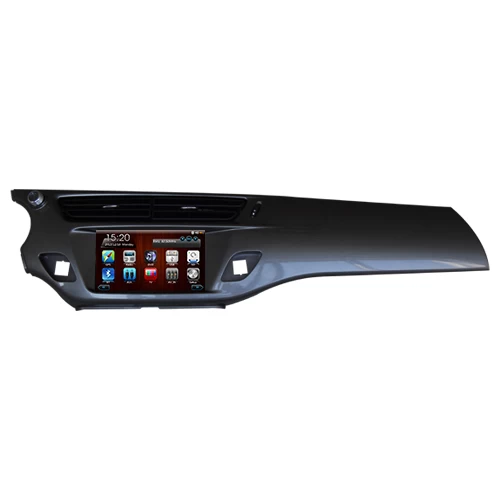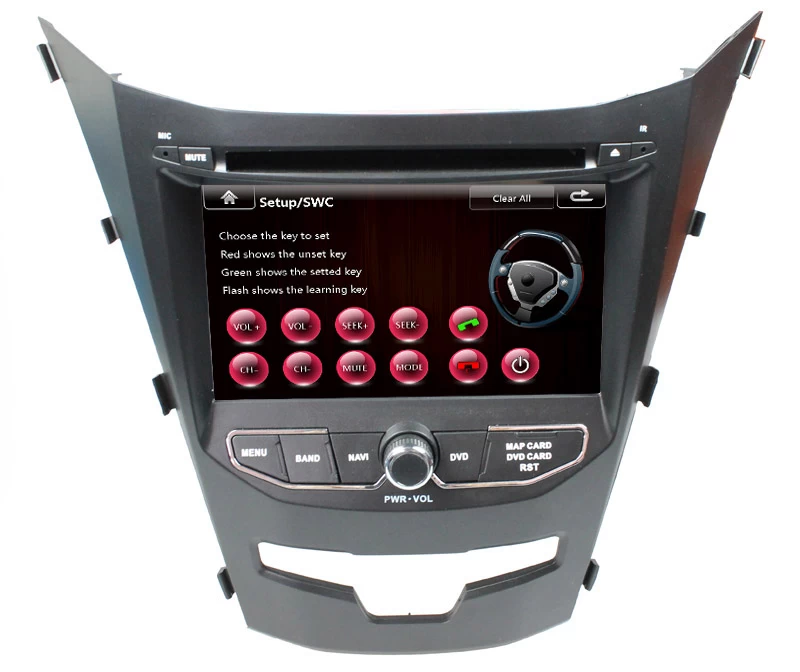Developing New Energy Vehicles Can't "Listen to the Wind is Rain"
2018-05-23 10:59:36
"In recent years, driven by purely electricity-based technology, China's new energy automotive industry has developed rapidly. Not only has the scale of production and sales and the integrity of the industry chain long been the first in the world, but it has leapt to the top echelon of the world in technology. In terms of industrial maturity, China's pure electric vehicles have a comparative advantage over hydrogen fuel cell vehicles and are more in line with national conditions. Therefore, in the development of the new energy automotive industry, we still need to maintain strong strategic patience and policy perseverance, can not ""listen to the wind is the rain,"" easily give up the electric car and rush to the hydrogen fuel cell car
In the past few days, the discussion on the development path of China's new energy automobile industry has been one after another. Some people claim that “our new energy vehicles need to turn around” and call for a “full shift to hydrogen fuel cell vehicles” like Japan. This is a bit one-sided.
It is an indisputable fact that Japan’s hydrogen fuel cell vehicle technology is leading the world. At present, Toyota Japan has launched the world's first mass production of hydrogen fuel cell car Mirari, Honda's 750 km range of hydrogen fuel cell car Clarity has also been limited sales, and its supporting hydrogen refueling stations are also built dozens. In contrast, we certainly have a slower pace in the development of hydrogen fuel cell vehicles, especially in passenger vehicles, but we cannot deny China's progress in the development of new energy automobile industry.
In fact, there are always many technical routes such as plug-in hybrid, pure electric drive and fuel cell in the promotion and application of global new energy vehicles. Thanks to the country’s great importance and strong support for fiscal policies, in recent years driven by a purely electricity-based technology route, China’s new energy automotive industry has developed rapidly. Not only has the scale of production and sales and the integrity of the industry chain long been the first in the world, but also technically Has leapt to the world's first echelon. As the core technology of “three powers” for new energy vehicles, the power battery and drive motor technologies are already at the leading position in the world, and the gap between electronic control technology and the international advanced level is continuously narrowing.
It is precisely under the influence of the vigorous development of China's electric vehicle market that major automakers in the world have shifted from watching and cautious in the past to accelerating their strategic investment in pure electric power. For example, Volkswagen Group announced that it will mass produce 15 models of pure electric vehicles by 2025, and its annual output will not be less than 1 million; Nissan Motor Co., Ltd. announced that it will launch 20 electric vehicles to the Chinese market in the next five years; Toyota, which is engaged in pure electric vehicles, also has a strong sense of crisis and has adjusted its technical route. It plans to launch 10 electric cars in 2020 and sell 5.5 million electric cars in 2030. It can be said that as the best carrier for intelligent electric vehicles, it is becoming a new trend in the global automotive industry.
The data shows that from 2013 to the end of 2017, a total of 6,475 hydrogen fuel cell passenger vehicles were sold worldwide in five years. As the best-selling vehicle in the world, Toyota Mirai sold more than 2,000 vehicles last year. Most of these were purchased by leasing companies and other R&D institutions, and there were very few private buyers. This is in stark contrast to the sales of more than 500,000 new-energy passenger vehicles in China last year. Some people even advocated for it from the media. It was really puzzling.
The reason why hydrogen fuel cell vehicles are difficult to commercialize, besides the immature core technology and poor battery durability, the main reason is that the supply of hydrogen is not effective and safe, and the cost of the industrial chain is too high. Some professionals once calculated an account. Taking the supply side as an example, the capital required for the construction of the upstream and downstream systems of hydrogen refueling stations is 10 times that of existing gas station systems.
It should be noted that although lithium-ion batteries have been used in automobiles for only 10 years, their technological progress has been significantly accelerated. At present, the energy density of lithium battery cells in China has reached 230 Wh/kg, and the energy density of the system has exceeded 150 Wh/kg. Once the Ministry of Industry and Information Technology has completed the plan of “halving the battery price and doubling the energy density”, the cost performance of electric vehicles will be large. Increased.
Therefore, in the development of the new energy automotive industry, we need to maintain strong strategic patience and policy perseverance, adhere to a number of technical routes such as plug-in hybrids, pure electricity, and fuel cells, and we must not be arrogant or self-important. ""Listen to the wind is the rain,"" it is easy to give up electric cars and rush to hydrogen fuel cell cars.
"
In the past few days, the discussion on the development path of China's new energy automobile industry has been one after another. Some people claim that “our new energy vehicles need to turn around” and call for a “full shift to hydrogen fuel cell vehicles” like Japan. This is a bit one-sided.
It is an indisputable fact that Japan’s hydrogen fuel cell vehicle technology is leading the world. At present, Toyota Japan has launched the world's first mass production of hydrogen fuel cell car Mirari, Honda's 750 km range of hydrogen fuel cell car Clarity has also been limited sales, and its supporting hydrogen refueling stations are also built dozens. In contrast, we certainly have a slower pace in the development of hydrogen fuel cell vehicles, especially in passenger vehicles, but we cannot deny China's progress in the development of new energy automobile industry.
In fact, there are always many technical routes such as plug-in hybrid, pure electric drive and fuel cell in the promotion and application of global new energy vehicles. Thanks to the country’s great importance and strong support for fiscal policies, in recent years driven by a purely electricity-based technology route, China’s new energy automotive industry has developed rapidly. Not only has the scale of production and sales and the integrity of the industry chain long been the first in the world, but also technically Has leapt to the world's first echelon. As the core technology of “three powers” for new energy vehicles, the power battery and drive motor technologies are already at the leading position in the world, and the gap between electronic control technology and the international advanced level is continuously narrowing.
It is precisely under the influence of the vigorous development of China's electric vehicle market that major automakers in the world have shifted from watching and cautious in the past to accelerating their strategic investment in pure electric power. For example, Volkswagen Group announced that it will mass produce 15 models of pure electric vehicles by 2025, and its annual output will not be less than 1 million; Nissan Motor Co., Ltd. announced that it will launch 20 electric vehicles to the Chinese market in the next five years; Toyota, which is engaged in pure electric vehicles, also has a strong sense of crisis and has adjusted its technical route. It plans to launch 10 electric cars in 2020 and sell 5.5 million electric cars in 2030. It can be said that as the best carrier for intelligent electric vehicles, it is becoming a new trend in the global automotive industry.
The data shows that from 2013 to the end of 2017, a total of 6,475 hydrogen fuel cell passenger vehicles were sold worldwide in five years. As the best-selling vehicle in the world, Toyota Mirai sold more than 2,000 vehicles last year. Most of these were purchased by leasing companies and other R&D institutions, and there were very few private buyers. This is in stark contrast to the sales of more than 500,000 new-energy passenger vehicles in China last year. Some people even advocated for it from the media. It was really puzzling.
The reason why hydrogen fuel cell vehicles are difficult to commercialize, besides the immature core technology and poor battery durability, the main reason is that the supply of hydrogen is not effective and safe, and the cost of the industrial chain is too high. Some professionals once calculated an account. Taking the supply side as an example, the capital required for the construction of the upstream and downstream systems of hydrogen refueling stations is 10 times that of existing gas station systems.
It should be noted that although lithium-ion batteries have been used in automobiles for only 10 years, their technological progress has been significantly accelerated. At present, the energy density of lithium battery cells in China has reached 230 Wh/kg, and the energy density of the system has exceeded 150 Wh/kg. Once the Ministry of Industry and Information Technology has completed the plan of “halving the battery price and doubling the energy density”, the cost performance of electric vehicles will be large. Increased.
Therefore, in the development of the new energy automotive industry, we need to maintain strong strategic patience and policy perseverance, adhere to a number of technical routes such as plug-in hybrids, pure electricity, and fuel cells, and we must not be arrogant or self-important. ""Listen to the wind is the rain,"" it is easy to give up electric cars and rush to hydrogen fuel cell cars.
"



